Oberlin’s new book turns college memorabilia into a work of art

It's not often that university memorabilia catches our eye, but when Oberlin College & Conservatory's oversized offering arrived cloth-bound and encased in an embossed twill slipcase, we knew we were in for a treat. By enrolling publishers College Green, photographer Jonathan Glynn-Smith and writer Guy Evans to tell the story of Oberlin in a photographic essay, the US school has dramatically raised the grade.
Printed on fine art paper, with hand-inserted 'vellum' pages, the tale of this arts, science and music school is a surprisingly compelling one. In the 1830s, the college and surrounding colony began to rise amid a forgotten stretch of forest in America's Midwest. Buildings were carved out of swathes of beech and maple, and roads had to be built from scratch. 'The avowed aim of John Jay Shipherd and Philo Stewart - Oberlin's founding fathers - was to build this better world, a utopian community, as far away as possible from the madding metropolitan crowd,' says Evans.
In this 'benign bubble away from the rest of the world', radical history was made. The college was the first US school to grant bachelor degrees to women in a co-ed environment and was one of the first to admit African American students. And the college has always been known for nurturing free thinkers. 'Oberlin draws the creative, the overstimulated, the passionate, and puts them together for four years to marinate,' says Oberlin alumni Avital Isaacs in the book.
Whether or not its story resonates with its reader, the tome can't fail to entice with its striking mix of contemporary and archive imagery, and unusual presentation. The school and surrounds comprise a satisfying mix of architectural styles - 'I am for messy vitality over unity', said architect Robert Venturi, who designed the striking postmodern annex of the campus' Allen Lane Art Center - which is vividly captured on these pages.
In tribute to the community's eclectic architecture - on South Main Street, for example, the 1950s functionalism of the Oberlin Inn is juxtaposed with the surprisingly delicate concrete curves of the Hall Auditorium - the fabric cover of the book is printed with abstract angular windows, offering a view of the campus from the inside out.
There's also a smattering of pictures of alumni and some of their output, including eye-catching poster art. Meanwhile, 23 hand-inserted 'skins' printed on translucent paper bear evocative quotes. Wrote Carla White Freyvogel, from the class of 1979: 'I can still feel those days in my bones - the clear light of summer and the early fall, the slickness of damp leaves in November, the crazy cold of January and February'. Flick through the book's pages, and you begin to feel them too.
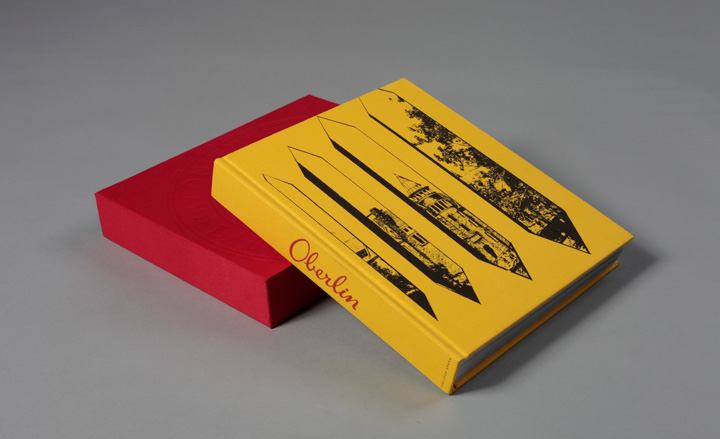
The cloth-bound book features 468 pages of beautiful images from the US college's archives and contemporary photographs . The cover is printed with an image of angular windows, looking out onto Oberlin's campus.
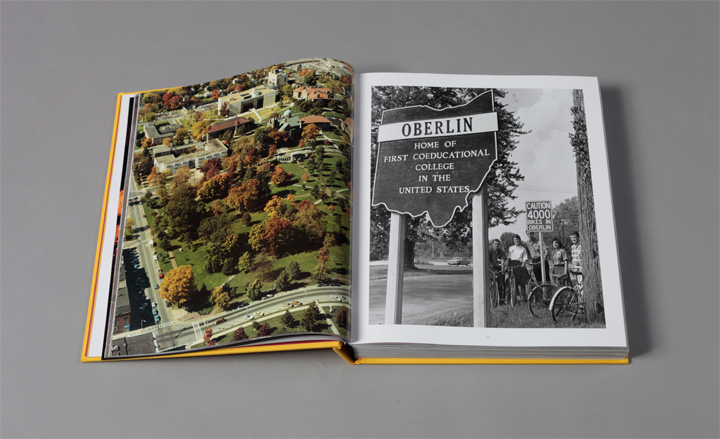
An aerial photograph of Tappan Square and Wilder Bowl, autumn 1975; Oberlin signage, circa 1960s.

A historic elm at the corner of College and Main Streets, 1959; Hand-inserted, translucent vellum pages intersperse the book, printed with evocative quotes from alumni.
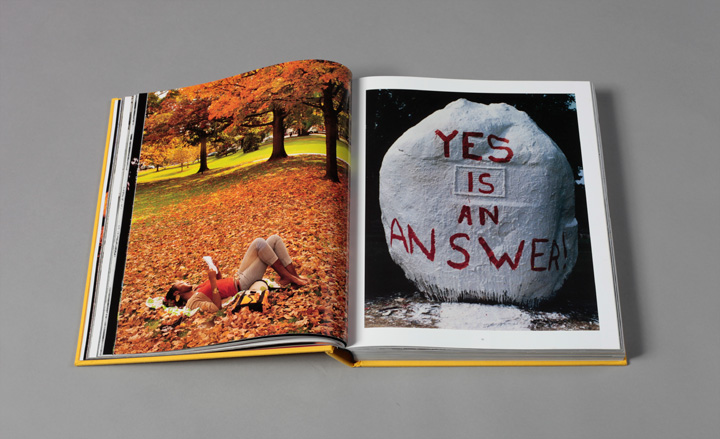
Scenes from Oberlin.
Jonathan Glynn-Smith for College Green (JGS/CG);
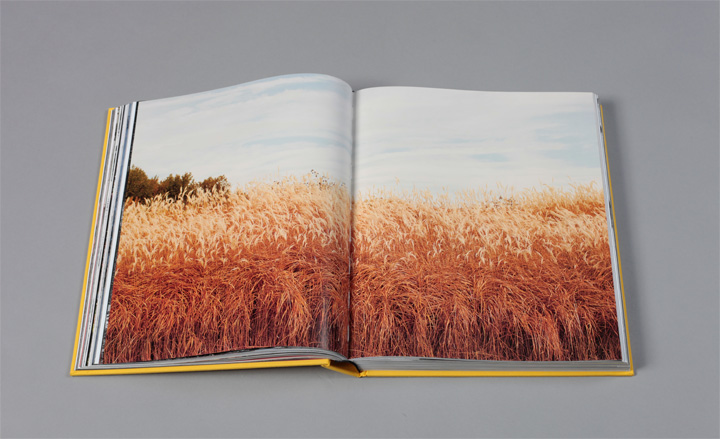
The college and surrounding colony were founded in the 1830s on a forgotten stretch of land in the Midwest, far away from the madding crowd.

Pictures and posters documenting the anti slavery movement in Oberlin.

Martin Luther King Jr. in 1965 and 64, and a vellum sheet printed with a quote from the man himself about his experiences at Oberlin: 'I can never come to this campus without a deep sense of appreciation and gratitude for all that this great institution has done for the cultural, political and social life of our nation...' he said.

Poster celebrating charges being dropped against students involved in a divestment protest, 1987; Students in circa 1989.
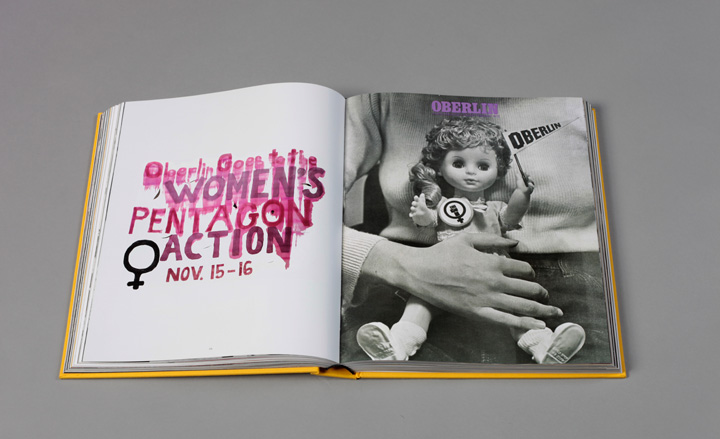
Woman's rights banner, mid 1980s; An image from Oberlin Alumni Magazine, Feburary 1973.

An image from Oberlin Alumni Magazine, Feburary 1973.
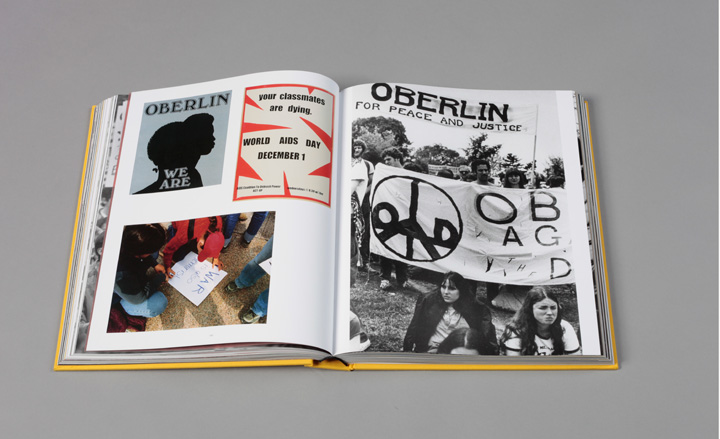
Left page, clockwise: 1970; World AIDS Day, 1997; Demonstration, circa 1980s. Right: Protest in Washington D.C., circa 2002.
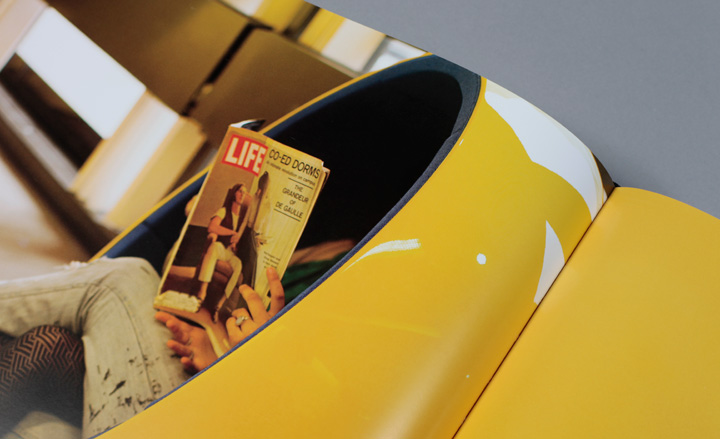
Oberlin was the first US college to introduce co-ed dorms. Picture is feature on the dorms in Life Magazine, 1970.
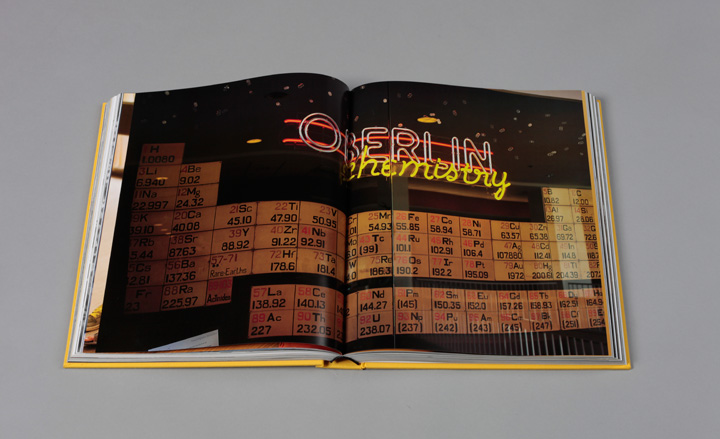
The Oberlin chemistry department.

Professor Norman Craig '53, 1992.
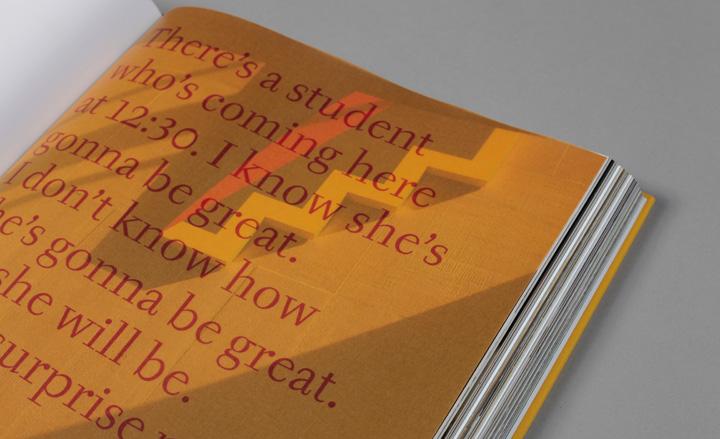
An excited statement from Professor Carol Lasser...
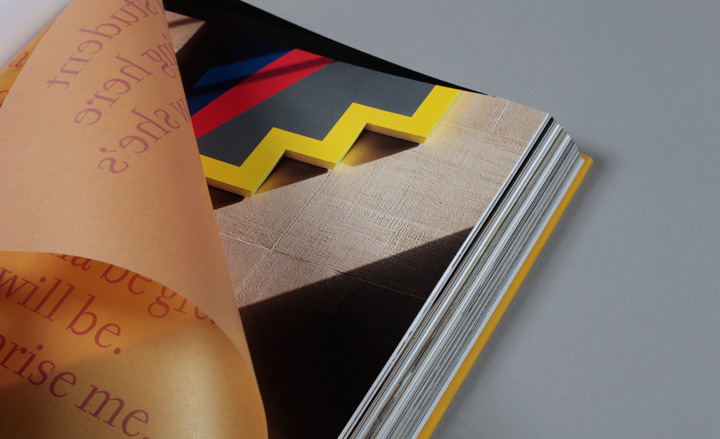
... overlays an image of a bright artwork on an Oberlin stairway.
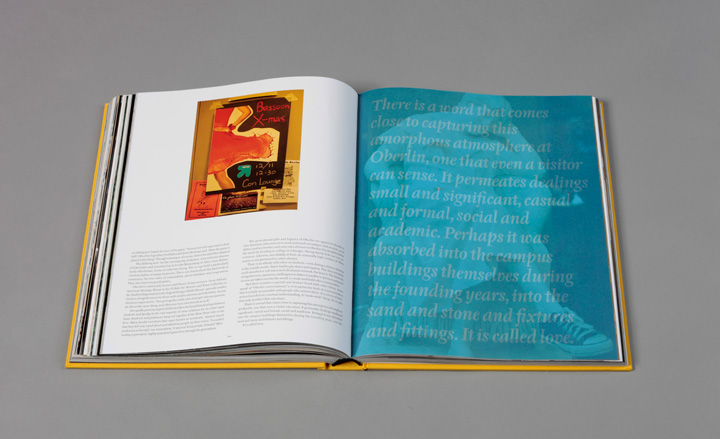
A spread from the chapter on 'Togetherness' at Oberlin.
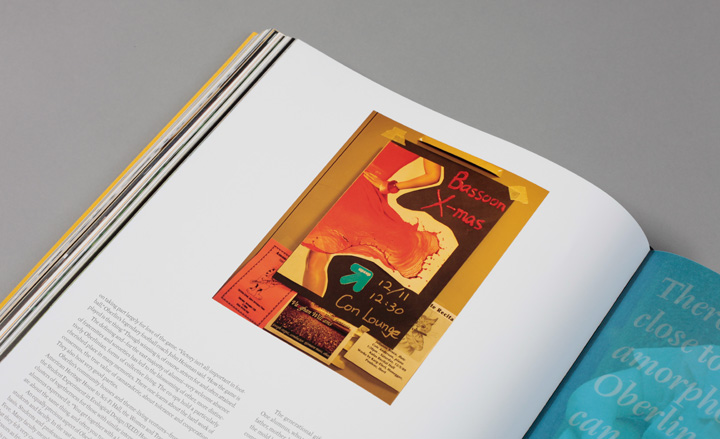
Posters and flyers advertising student events.
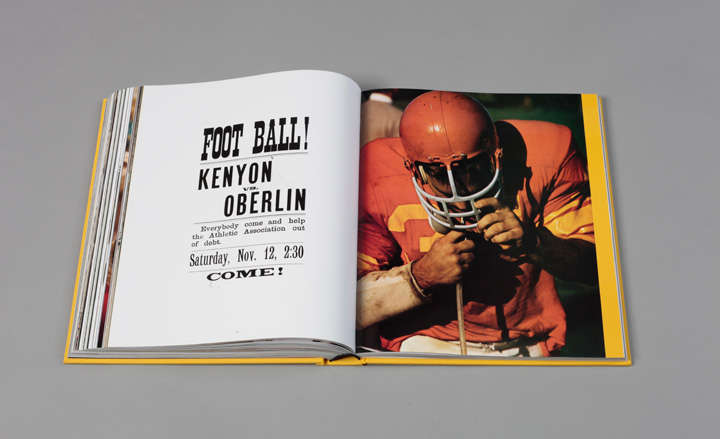
The sporting side to Oberlin.
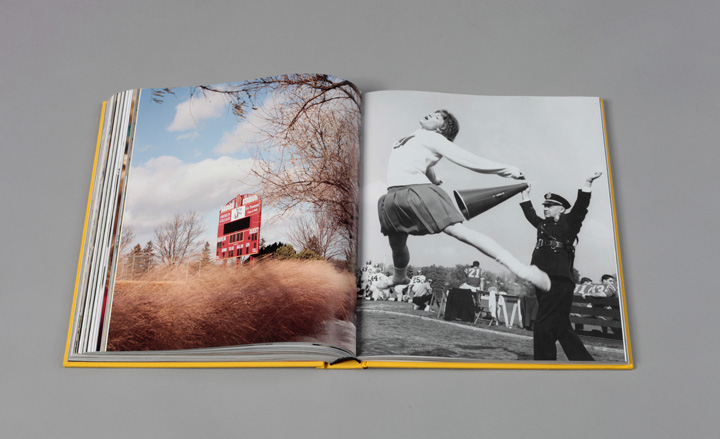
A photograph from the present day, juxtaposed with an image from the 1950s-60s.

Left: A photograph from 1969.
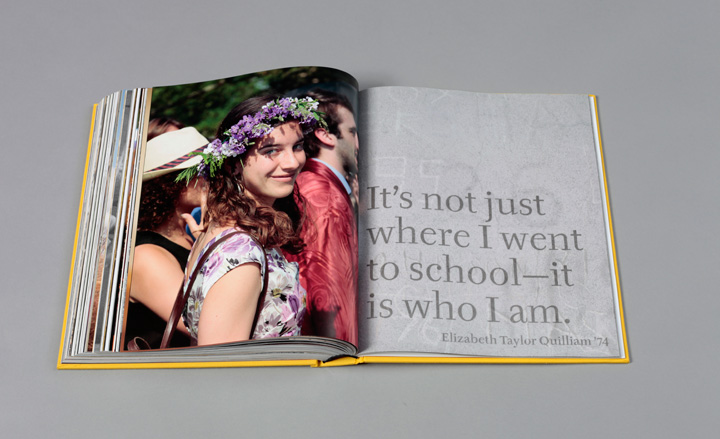
A former student shares Oberlin's lasting impact.

A photograph from 1965.

Peter's Hall, circa 1930.
Receive our daily digest of inspiration, escapism and design stories from around the world direct to your inbox.
Malaika Byng is an editor, writer and consultant covering everything from architecture, design and ecology to art and craft. She was online editor for Wallpaper* magazine for three years and more recently editor of Crafts magazine, until she decided to go freelance in 2022. Based in London, she now writes for the Financial Times, Metropolis, Kinfolk and The Plant, among others.
-
 Click to buy: how will we buy watches in 2026?
Click to buy: how will we buy watches in 2026?Time was when a watch was bought only in a shop - the trying on was all part of the 'white glove' sales experience. But can the watch industry really put off the digital world any longer?
-
 Don't miss these art exhibitions to see in January
Don't miss these art exhibitions to see in JanuaryStart the year with an inspiring dose of culture - here are the best things to see in January
-
 Unmissable fashion exhibitions to add to your calendar in 2026
Unmissable fashion exhibitions to add to your calendar in 2026From a trip back to the 1990s at Tate Britain to retrospectives on Schiaparelli, Madame Grès and Vivienne Westwood, 2026 looks set to continue the renaissance of the fashion exhibition
-
 Masters of midcentury modern design and their creations spotlighted in new book
Masters of midcentury modern design and their creations spotlighted in new book‘Mid-Century Modern Designers’ is a new book from Phaidon celebrating those who shaped the period and their notable creations, from furniture to objects
-
 Rooms with a view: a new book celebrates the Italian approach to interior design
Rooms with a view: a new book celebrates the Italian approach to interior designLaura May Todd's survey of Italian interiors is the perfect antidote to January gloom, taking a look inside 50 distinctive Italian homes
-
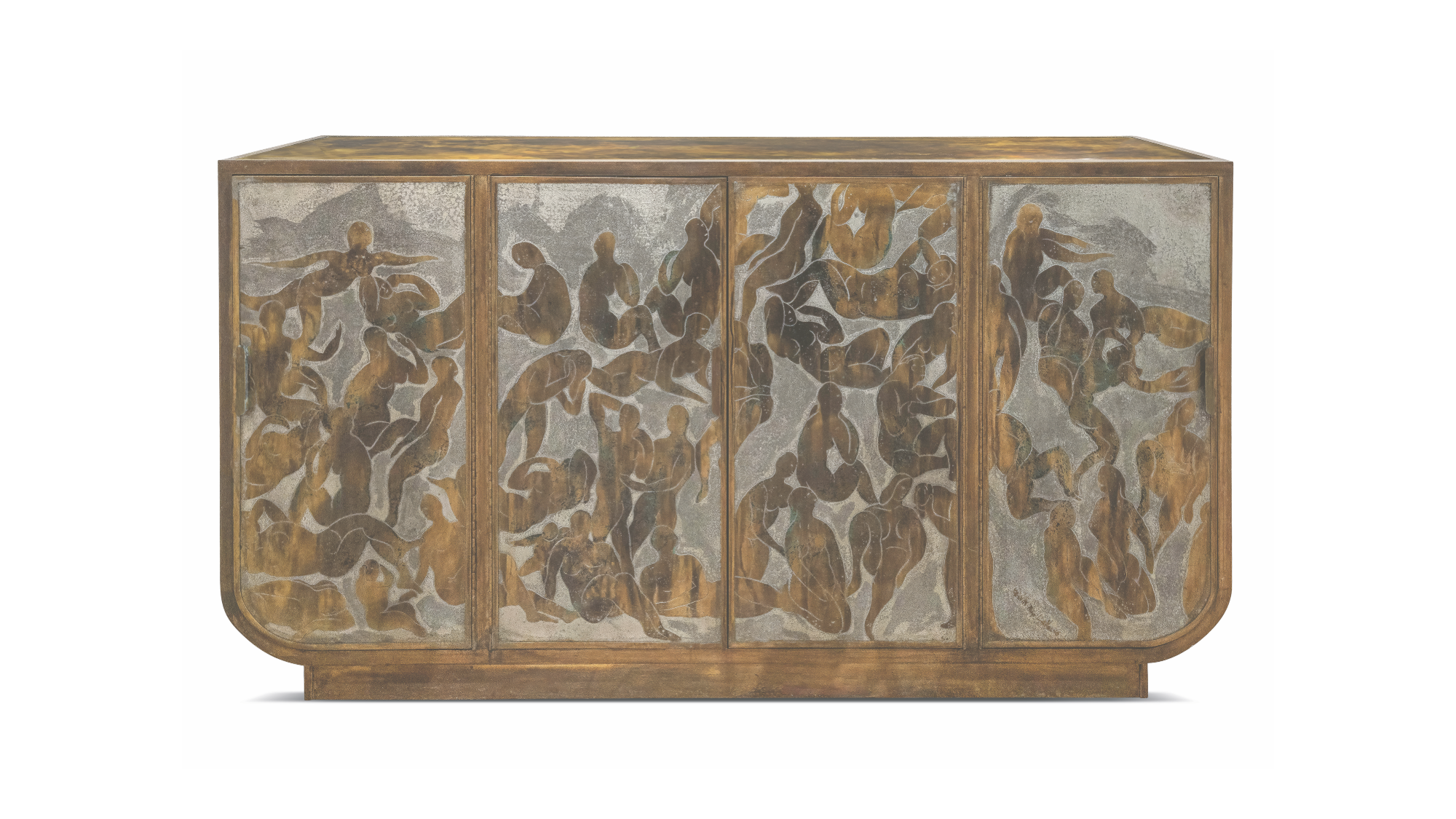 Discover the alchemy of American artists Philip and Kelvin LaVerne
Discover the alchemy of American artists Philip and Kelvin LaVerneThe work of Philip and Kelvin LaVerne, prized by collectors of 20th-century American art, is the subject of a new book by gallerist Evan Lobel; he tells us more
-
 20 pairs of bookends celebrate contemporary Scottish design and Dundee’s literary heritage
20 pairs of bookends celebrate contemporary Scottish design and Dundee’s literary heritageAs Dundee Design Week gets ready for its fifth edition, a bookish commission shines a light on two pioneering female journalists from the city’s storied past
-
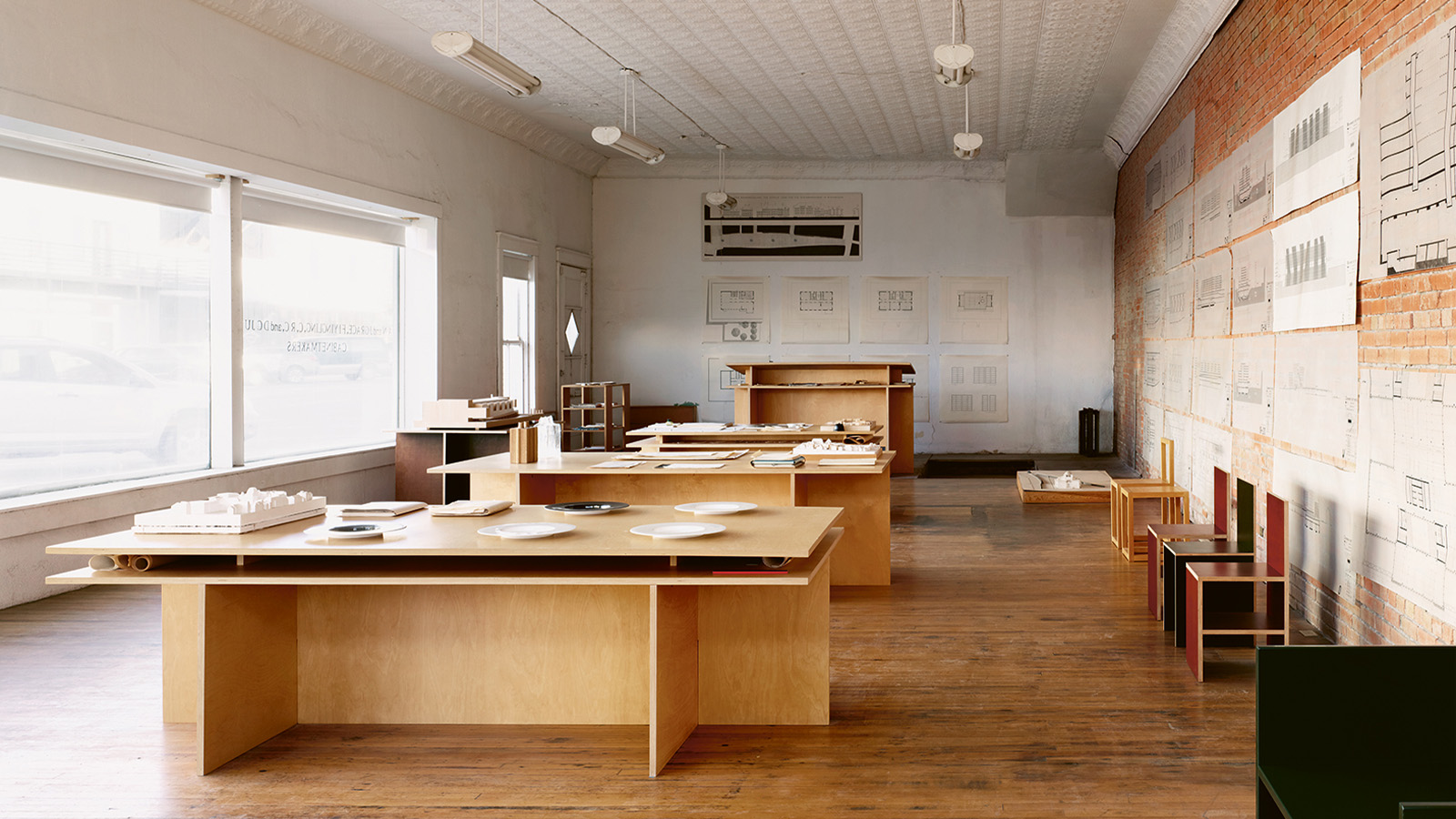 ‘You’ve got to hang out with Judd furniture… you learn something’: Rainer Judd
‘You’ve got to hang out with Judd furniture… you learn something’: Rainer JuddAs new book ‘Donald Judd Furniture’ lands, the artist’s children Rainer and Flavin discuss their father’s legacy
-
 Discover London’s lesser-known design gems with ‘an opinionated guide’
Discover London’s lesser-known design gems with ‘an opinionated guide’‘An opinionated guide to Design London’ by Sujata Burman and Wallpaper’s Rosa Bertoli is a carefully curated tour of intriguing design spots across the capital
-
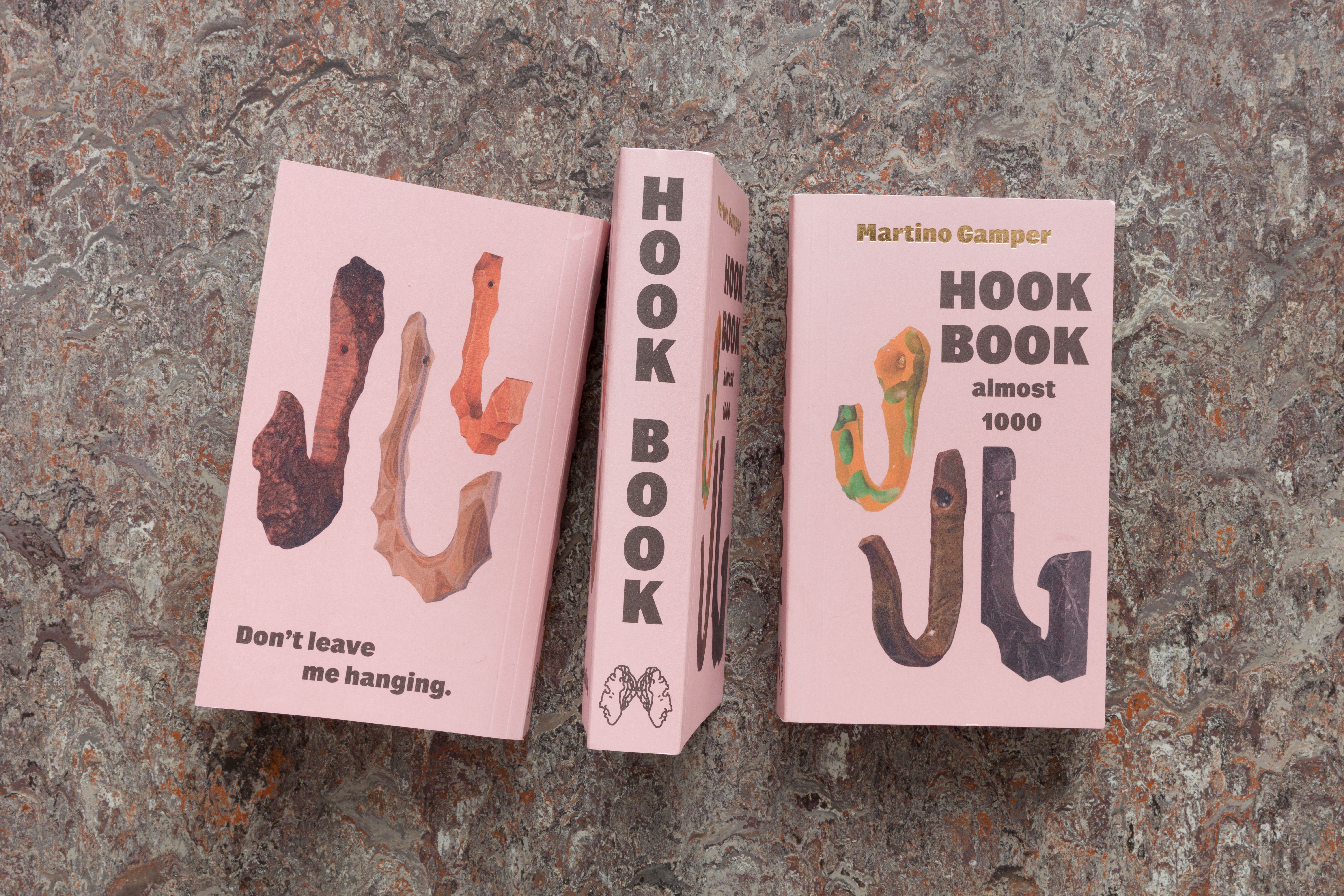 Well hung? We interview Martino Gamper about his new book of (around) 1,000 hooks
Well hung? We interview Martino Gamper about his new book of (around) 1,000 hooksItalian maverick designer Martino Gamper doesn't hang around. He has a new book featuring 1,000 hooks made by hand. We ask him how and why...
-
 New Louis Poulsen book explores the Danish lighting company's illuminating world
New Louis Poulsen book explores the Danish lighting company's illuminating worldLouis Poulsen: First House of Light, published by Phaidon, is a new design book delving into the Danish company's world of radiant lighting